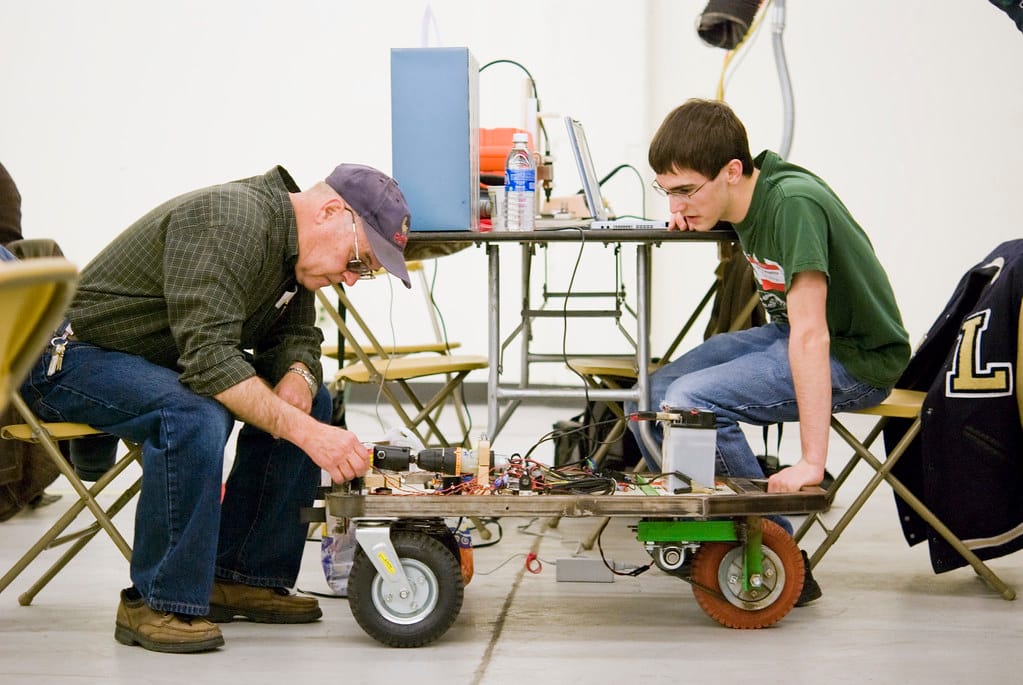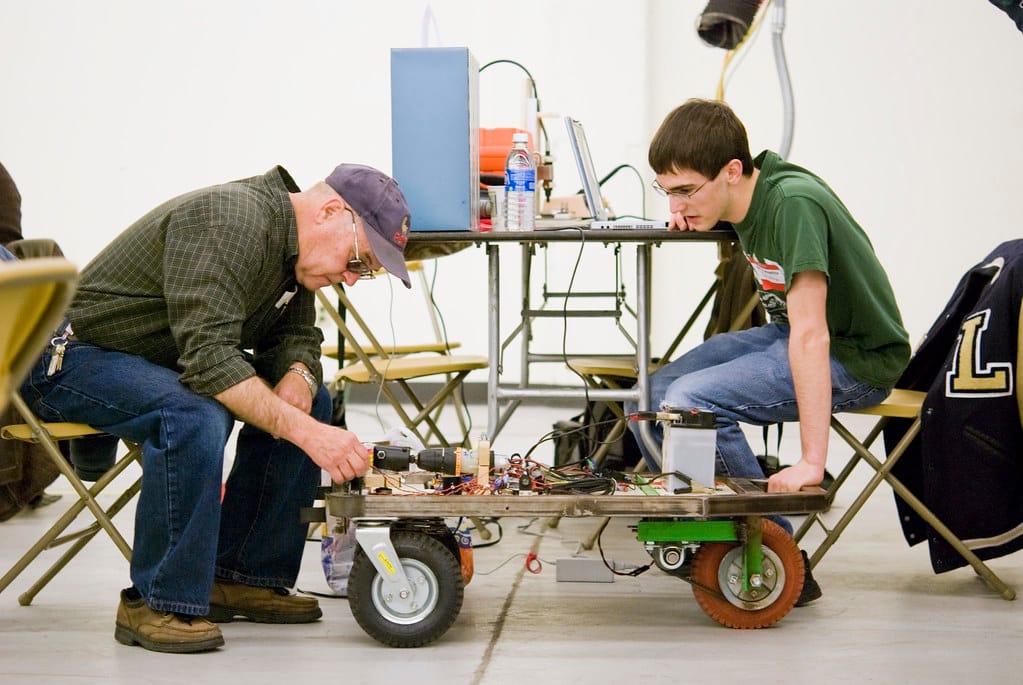GM Revs Up for Driverless Car Comeback After Cruise Setback
General Motors is gearing up for a strategic relaunch of its autonomous vehicle ambitions following a tumultuous period that saw its Cruise division face regulatory scrutiny, leadership shakeups, and a temporary halt to operations. The automotive giant's renewed push signals both the resilience of the autonomous vehicle market and the high stakes involved in the race to achieve full self-driving capabilities.
The Cruise Controversy That Changed Everything
The troubles began in October 2023 when a Cruise robotaxi dragged a pedestrian 20 feet after she had already been struck by another vehicle in San Francisco. The incident triggered a cascade of consequences: California regulators suspended Cruise's permit to operate autonomous vehicles, the company voluntarily paused its fleet nationwide, and CEO Kyle Vogt resigned amid mounting pressure.
The fallout was swift and severe. Cruise laid off nearly 900 employees—roughly 24% of its workforce—and faced investigations from multiple federal agencies, including the National Highway Traffic Safety Administration and the Department of Justice. The company's valuation, once soaring at $30 billion, took a significant hit as investor confidence waned.
GM's Strategic Reset
Rather than retreat from the autonomous vehicle space, GM appears to be doubling down with a more measured approach. Industry sources suggest the company is restructuring its autonomous vehicle strategy around three key pillars: enhanced safety protocols, regulatory compliance, and gradual market reentry.
"We remain committed to our vision of zero crashes, zero emissions, and zero congestion," a GM spokesperson stated, emphasizing that the setbacks have only reinforced the company's dedication to safety-first development.
The automaker has reportedly allocated additional resources to safety testing and validation processes, with plans to implement more rigorous simulation testing before any return to public roads. This approach mirrors strategies adopted by competitors like Waymo, which has maintained a more conservative rollout timeline but avoided major public incidents.
Market Dynamics and Competitive Pressure
GM's renewed autonomous vehicle push comes at a critical juncture in the industry. While Cruise faced its crisis, competitors continued advancing their programs. Waymo expanded its robotaxi services in Phoenix and San Francisco, while Amazon's Zoox received approval for testing in additional markets.
The autonomous vehicle market, valued at approximately $8.6 billion in 2023, is projected to reach $62.1 billion by 2030, according to Allied Market Research. This explosive growth potential explains why GM cannot afford to remain sidelined despite recent challenges.
Tesla's Full Self-Driving capabilities, though still requiring driver supervision, continue gaining traction among consumers. Meanwhile, traditional automakers like Ford have scaled back their autonomous ambitions, creating both opportunity and pressure for GM to succeed where others have struggled.
Technology and Safety Innovations
Central to GM's comeback strategy is a renewed focus on artificial intelligence and machine learning capabilities. The company has partnered with leading tech firms to enhance its perception systems and decision-making algorithms, addressing the types of edge cases that contributed to the Cruise incident.
New safety protocols reportedly include more comprehensive testing scenarios, improved sensor redundancy, and enhanced human oversight systems. These measures aim to prevent the kind of operational blind spots that led to regulatory intervention and public backlash.
Regulatory Landscape and Public Trust
Perhaps the biggest challenge facing GM's autonomous vehicle revival isn't technological—it's rebuilding trust with regulators and the public. The Cruise incident highlighted gaps in oversight and raised questions about the readiness of autonomous vehicles for widespread deployment.
Recent surveys indicate that public confidence in self-driving technology has declined, with 73% of Americans expressing concern about sharing roads with autonomous vehicles, according to AAA's latest annual automated vehicle survey. GM must navigate this skepticism while demonstrating genuine improvements in safety and reliability.
The Road Ahead
GM's renewed autonomous vehicle initiative represents more than just a corporate comeback story—it's a critical test of the industry's ability to learn from failures and implement meaningful safety improvements. The company's success or failure will likely influence regulatory approaches and investor sentiment across the entire autonomous vehicle sector.
As GM prepares for its next chapter in autonomous driving, the stakes couldn't be higher. The company must prove that it can balance innovation with responsibility, speed with safety, and ambition with public trust. The road to autonomous vehicle adoption may be longer and more challenging than initially anticipated, but GM's continued commitment suggests the destination remains worth the journey.

